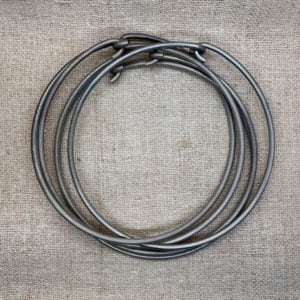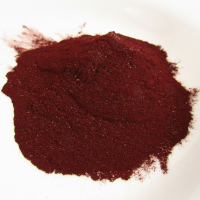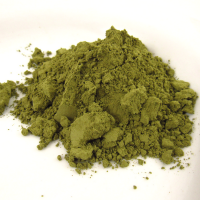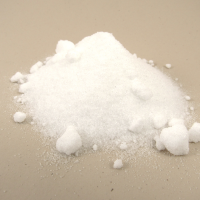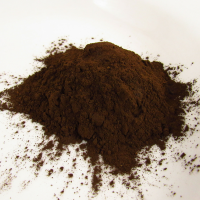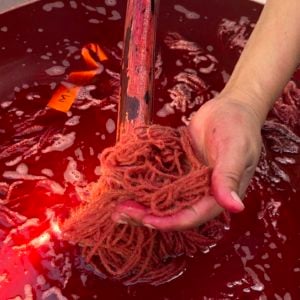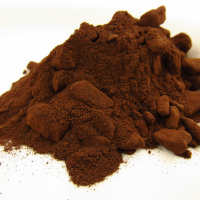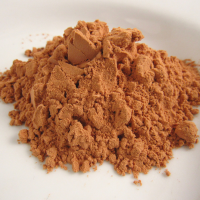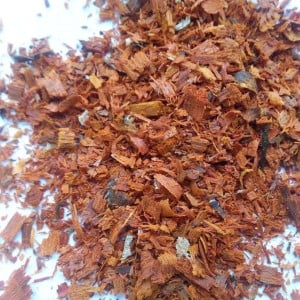Yarn Dye Rings
Yarn Dye Rings Sold in sets of 5 rings. Our 7 inch dye rings are a secret weapon for dyers who want to keep their skeins as organized as possible when yarn processing. These handy 7″ dye rings are perfect for holding skeins, wet or dry, for dyeing or for display. They are ideal for organizing yarn for mordanting and dyeing to avoid tangles and all that fussing that we do trying to make the dyed skein look nice again. The rings are 7 inches in diameter with a self hook closure and are made of aluminum. Each ring will … Read more

